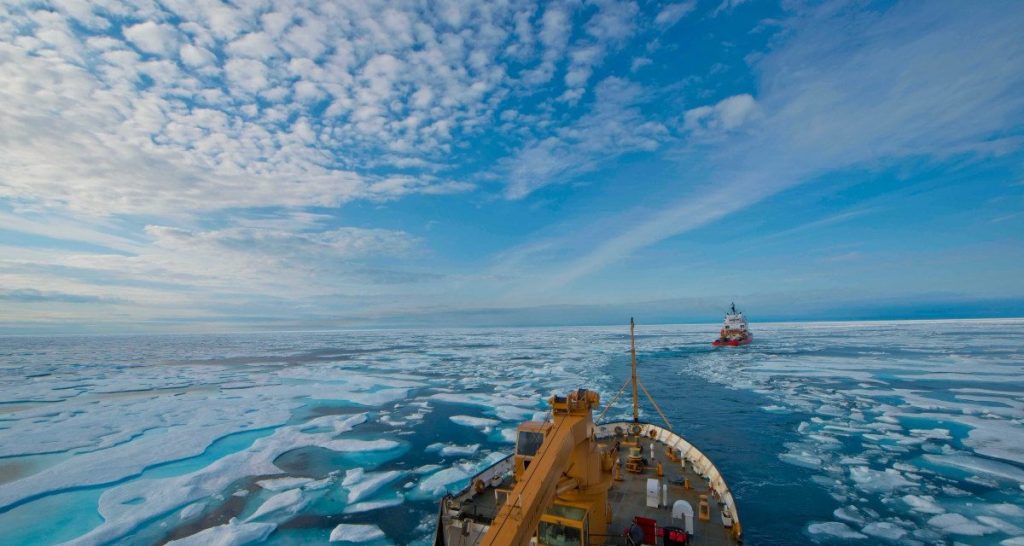|
Getting your Trinity Audio player ready...
|
“What happens in the North impacts the world, and when you look at security issues and climate change, the world is paying attention more than ever,” recently noted Canadian Governor-General Mary Simon at an event at the Arktikum Science Centre in Rovaniemi, on February 9th, 2023. Her comments reflected the profound and ongoing effects that Russia’s re-invasion of Ukraine in February 2022 has had on Arctic security, leading to a renewed global focus on the region – a focus which, in Canada, further intensified recently with the Chinese spy balloon incident acting as a reminder of the role that the Canadian Arctic plays in continental defense. Governor-General Simon’s remarks also mirror how interconnected climate and security realities are, in a region where freezing geopolitics interact with thawing landscapes.
In the Canadian Arctic, which is warming at least three times as fast as the rest of the globe, the physical impacts of climate change include permafrost thaw, decreasing snow cover, reducing summer sea ice, and sea-level rise leading to coastal erosion and flooding (in the Beaufort Sea, sea level has been rising by almost an inch a year over the last two decades). Climate change also contributes to changes in Canadian Arctic ecosystems -such as tundra greening and shifting boreal tree line due to intensifying boreal wildfires– ocean acidification, and increased precipitation.
Climate change is increasingly being recognized as a threat (or risk)-multiplier, as its effects interact with and have the potential to exacerbate pre-existing threats and other drivers of instability to contribute to security risks. In an effort to advance Canada’s awareness of these risks, the Canadian Security Intelligence Service recently published an analysis outlining how climate change compounds and accelerates other security issues.
***
To keep reading, go to Vanguard.





Comments are closed.